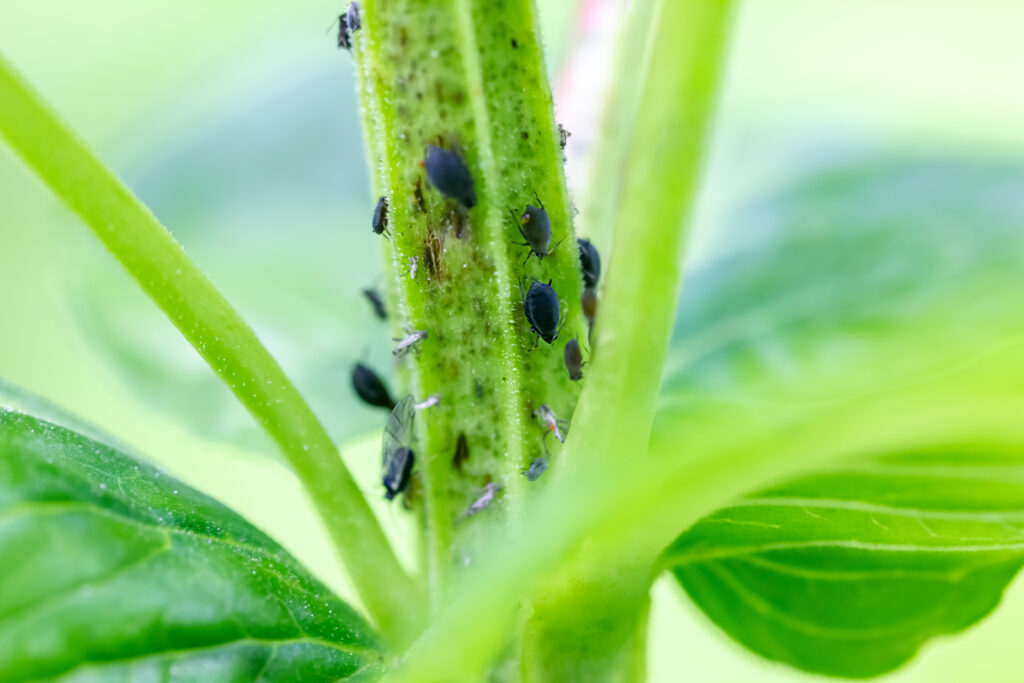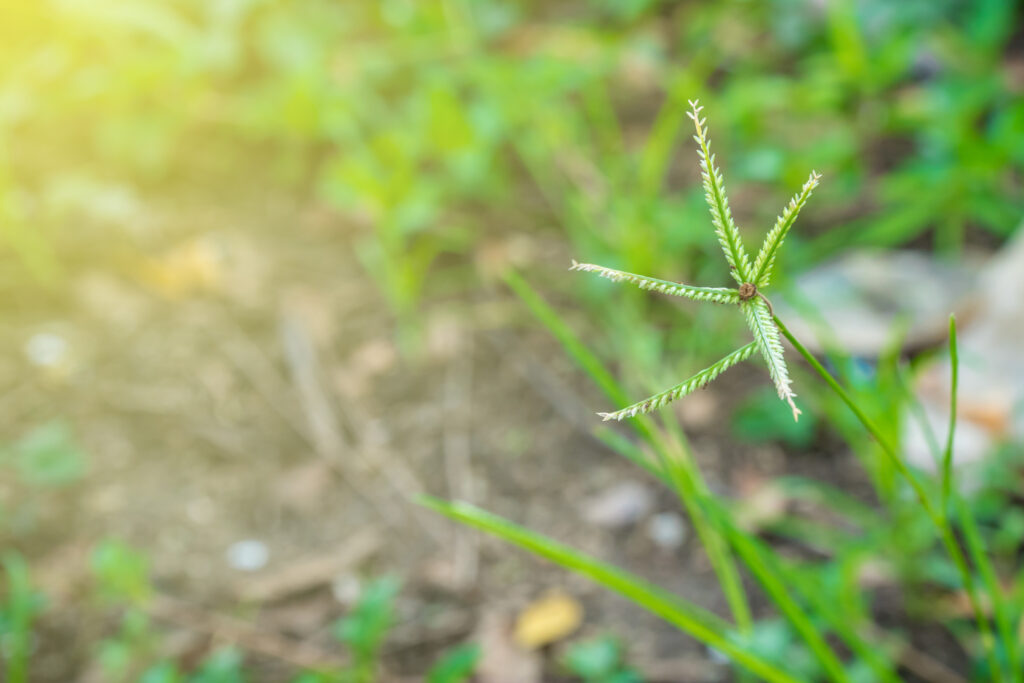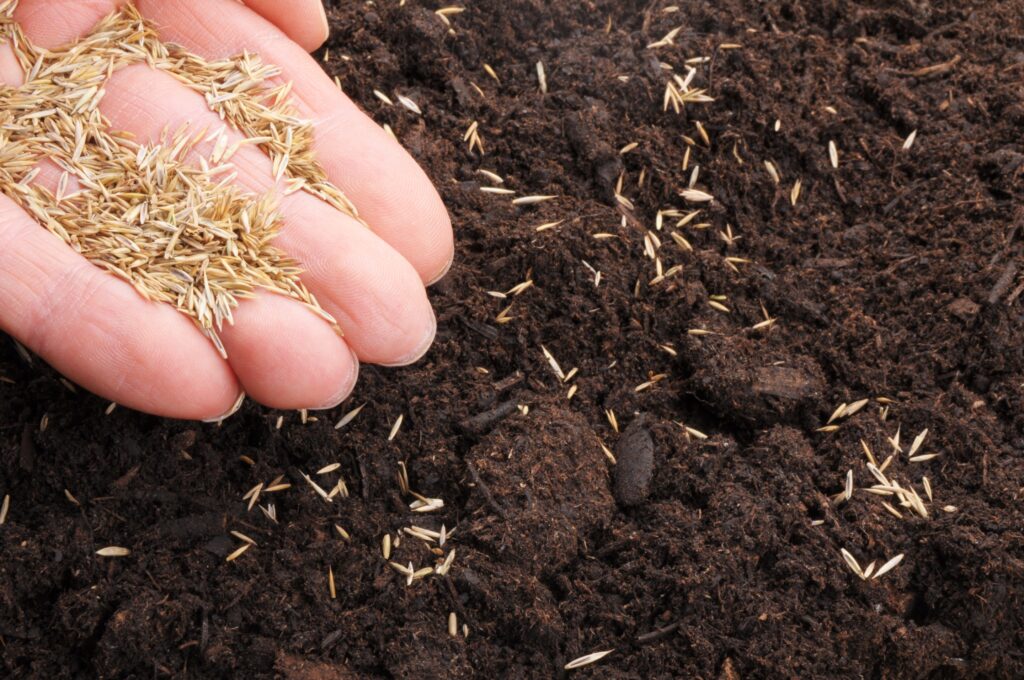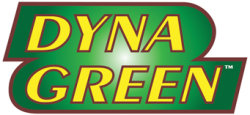Why It’s Important to Apply Winterizer in the Fall

The name winterizer is both accurate and deceiving for the final lawn fertilization of the growing season. What is clear is the importance of the winterizer fertilization application. In fact, the second most important fertilization of the turfgrass season is the winterizer. Commonly applied in late November, often around Thanksgiving. The goal is to make […]
Lawn Pests & How to Control Them

Insects Description and Trouble Signs ANTS Several kinds may occur in lawns. They make nests underground. Around each entrance, a mound of soil particles may smother grass and make lawn unsightly. Control: Most ants are beneficial and do not require control. Mounds can be washed or raked down then spot treated. Spraying a labeled insecticide 3 […]
Common Turf Diseases

To help combat the turf diseases listed below, we recommend to use Dyna Green Eagle and Dyna Green T-Methyl. Use these in alternate uses two weeks apart for best control. Start applying when overnight temperatures and humidity equal 150. That is the time when these diseases start multiplying and start doing damage long before symptoms […]
Common Weeds & How to Control Them

Weed Description & Controls Black Medic (Medicago lupulina) Low-growing annual or biennial with hairy stems. As with many weeds, gains foothold where grass is thin, especially in dry situations. Small, yellowish flowers usually appear from March to late fall. Control: Thicken turf by feeding, mowing high, and watering to choke out weeds. A good cultural schedule […]
All Weather Rain Gauge Form

Dyna-Green Grass Seed Planting Calendar

Turf Grass Planting Guide

Type Bare GroundSeed Rate (2 passes) Over SeedingSeed Rate (1 pass) Broadcast Spreader Application Days to Germ Blade Texture Wear Tolerance Quick Cover Slopes & Terrace Exposure Disease Resistance Drought Tolerance Independence LS 8 lbs/1,000 sq. ft. 4 lbs/1,000 sq. ft. 33% Opening 8-12 Days Medium Excellent Good Good Sun Good Excellent Best of Blues […]
How to Read an Analysis Tag

NOTES: Pure seed, other crop seed, inert matter, and weed seed % should equal 100%. Each seed company has an Agricultural Marketing # which must appear on their tags. Each State’s seed law may be slightly different as to how it asks seed to be labeled. The above sample covers the basic labeling requirements.
Recommended Times of Application for Dyna-Green Fertilizers, Fungicides & Insecticides

January February March April May June July August September October November December Crabgrass Preventer X X X X X X Long Lasting X X X X X X X X X X X Fall Starter X X X Winterizer X X X X Long Lasting w/ Viper X X X X Winterizer w/ Surge X […]
